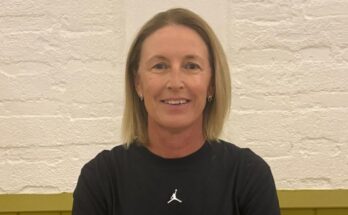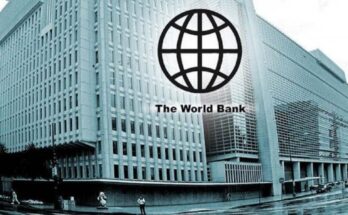By Nikhila Natarajan
New York, The coronavirus continues to attack nearly 14 in 1,000 people in New York City and 7 in 1000 across New York State on a day when this COVID-19 hotspot recorded its biggest single-day surge in death toll from the pandemic that has killed more than 12,700 Americans and sickened nearly 400,000 across 50 states.
Despite the sobering numbers, America’s top infectious diseases doctor Anthony Fauci remains confident that America will have the COVID-19 pandemic “under control” by Fall 2020.
New York State reported 731 new coronavirus deaths, taking the state toll to nearly 5,500 since its first COVID-19 death on March 13. The spike comes even as hospital admissions and intubations are slowing, which suggest that the city may be close to its peak death tally and levelling off.
The death tally is a “lagging indicator” that reflects the loss of people hospitalised around the time social distancing rules came into play.
New York City’s death toll from the coronavirus rose past 3,200 Tuesday, which is way more than those killed at the World Trade Center on 9/11.
“That’s 731 people who we lost. Behind every one of those numbers is an individual. There’s a family, there’s a mother, there’s a father, there’s a sister, there’s a brother. So a lot of pain again today for many New Yorkers,” Cuomo said at a briefing Tuesday.
Later on the same day, White House coronavirus co-ordinator Dr. Deborah Birx said the attack rate in New York continues to be the country’s highest.
She was speaking at the daily White House task force briefing.
Beyond the New York border, the numbers drop but remain concerning, she said.
The drop off in the attack rate in a series of communities outside the New York, New Jersey and Connecticut areas are creating “much flatter curves”, according to Birx.
New Jersey is at 4 per 1000, Louisiana 3 per 1000, Massachusetts and Connecticut are 2 per 1000, Michigan, Washington DC and Baltimore are at 1.5 per 1000, Pennsylvania is at 1 per 1000.
“We see across the country a different curve parameter,” Birx said. “It shows the amazing activity of Americans in those cities, following social distancing guidelines.”
Birx called for “less socialisation between households” and urged Americans not to go out for non-essential tasks for as long as they could avoid it. “Let’s do this as a mark of respect for our amazing frontline health care workers,” she said.
When asked about the next school season, Fauci cautioned that COVID-19 “is not going to disappear” but also said he remains optimistic that “we’ll be in good shape”.
By Fall 2020, Fauci said the decisions around re-opening schools and businesses will depend on the country’s ability to “identify, isolate, to contact trace”.
“By that time, with the antibody tests, we’ll have a better sense of the actual penetrance of this in society. How many people have really been infected? How many are vulnerable? All of these things are going to go into the decision on how much back to the normal you can go back to.”
According to Fauci, America’s new normal when it emerges from the worst phase of the crisis will be something “very different to what we are going through now”.
“When we go back to normal, we’ll go back to a way of life where we can function as a society. If you want to get to pre-coronavirus, that might not ever happen because the threat is there,” he said.
Fauci has cautioned that COVID-19 is showing all the signs that it could hit on a seasonal cycle and that a vaccine is the ultimate gamechanger. According to him, the most aggressive timeline could deliver a vaccine in “12-18 months”.




